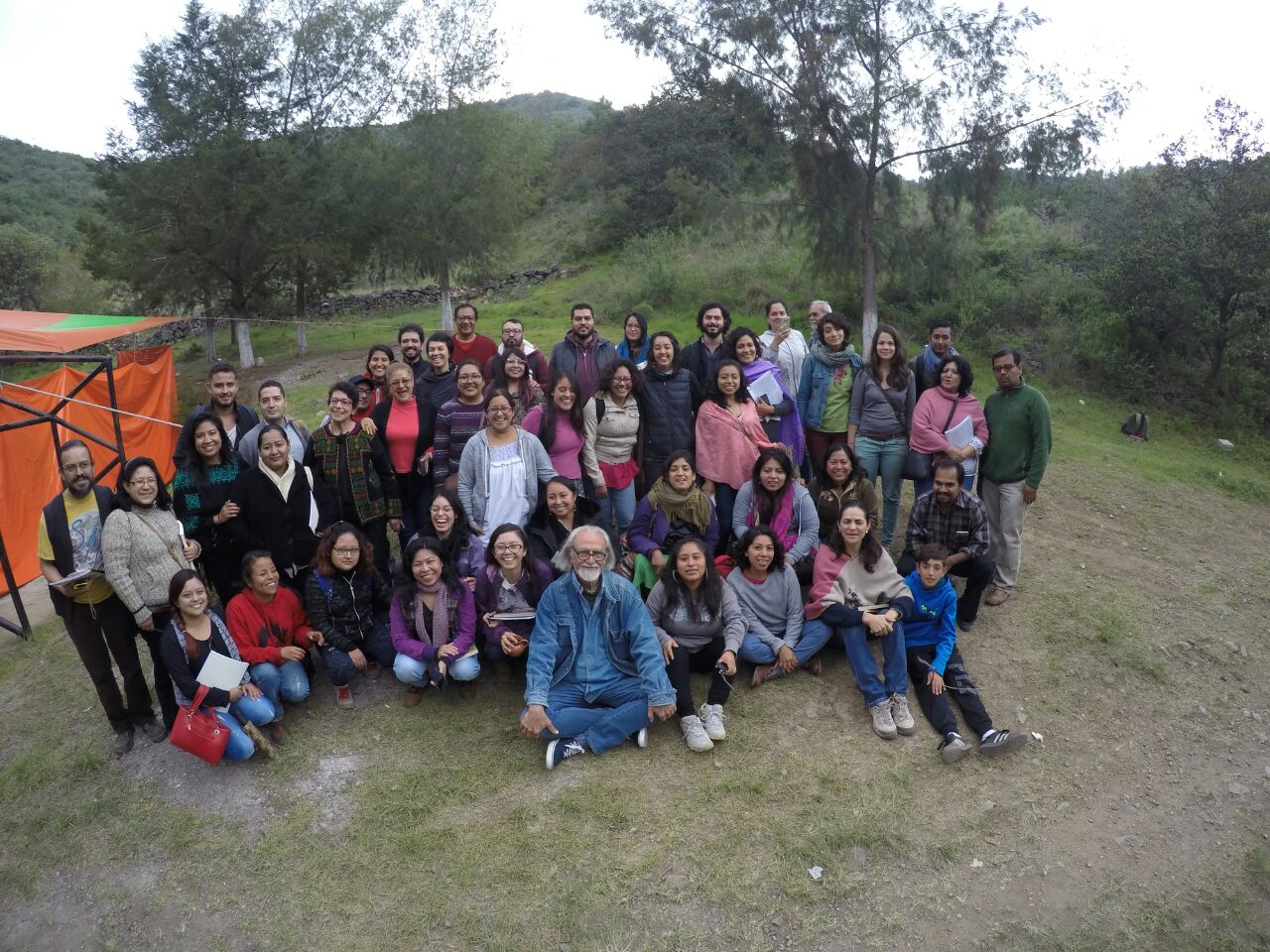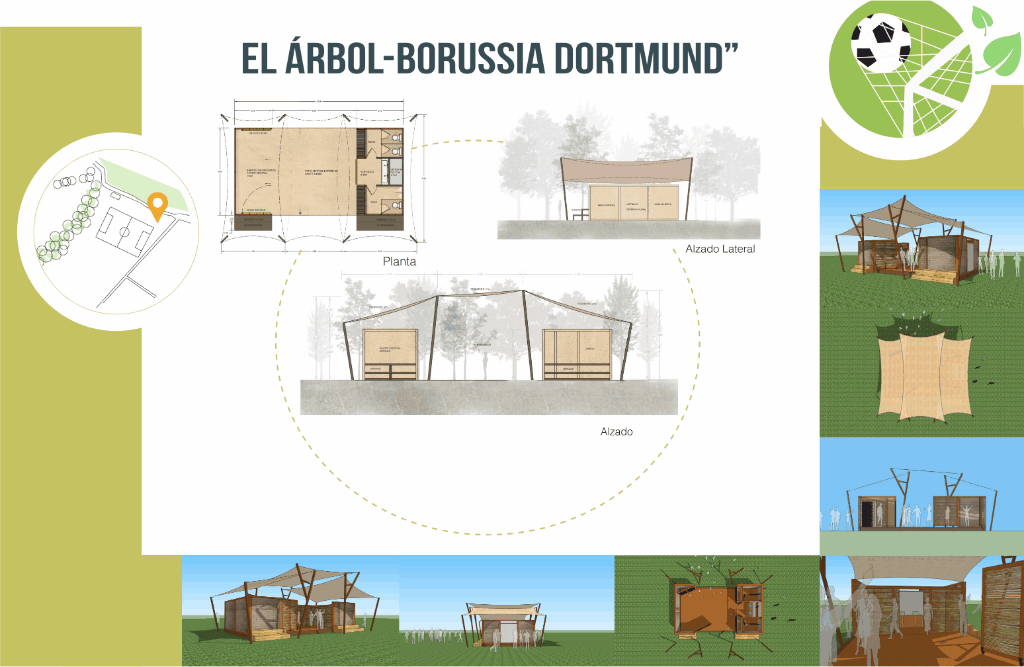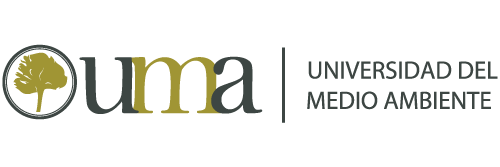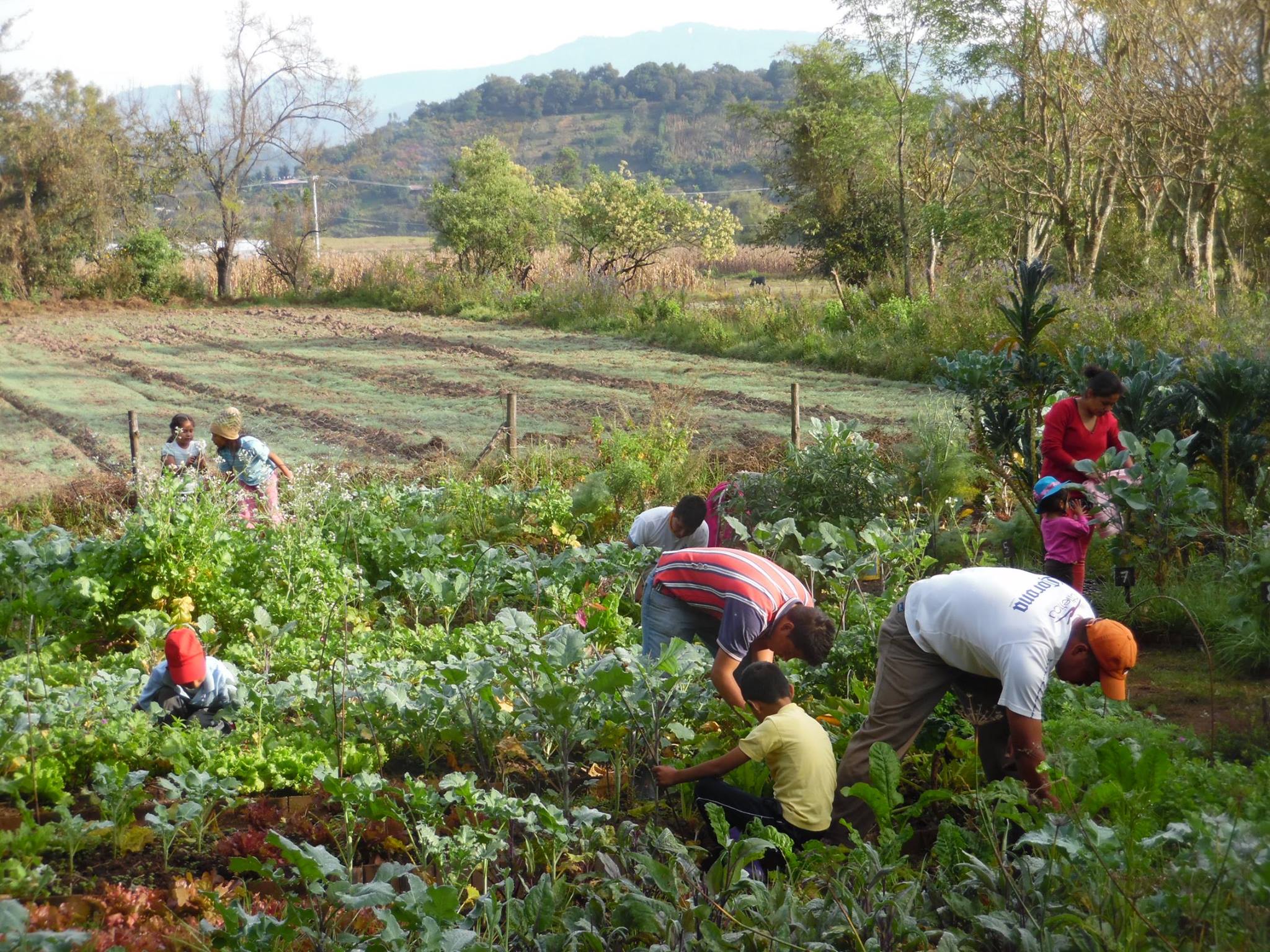
Resonancias UMAnas del Encuentro de Verano en el CESDER
julio 27, 2017
Codiseño por Acatitlán – El Árbol, Borussia Dortmund y UMA
agosto 11, 2017This is a story of developing ways to reduce poverty but is also one about the importance of helping nature (including us within it) to recover from the damage done only by ourselves.
 As you may well know, Agroecology has been proposed as the most efficient way to reduce poverty and guarantee food security for times to come. This has been stated in different occasions by the Food and Agriculture Organization of the United Nations (FAO), as you can read in their Agroecology digital database:
As you may well know, Agroecology has been proposed as the most efficient way to reduce poverty and guarantee food security for times to come. This has been stated in different occasions by the Food and Agriculture Organization of the United Nations (FAO), as you can read in their Agroecology digital database:
“Agroecology plays an important role in contributing to the eradication of hunger and extreme poverty, and as a means to facilitate the transition to more productive, sustainable and inclusive food systems. Creating a greater awareness of Agroecology and its advantages is an important step to help policy-makers, farmers and researchers to apply this approach to achieve a world without hunger.”
(http://www.fao.org/agroecology/database/en/)
Agroecology is based in familiar farming, in recovering empiric and ancestral knowledge, in promoting local production and distribution logics, but, most of all, in stopping the use of chemicals that, in order to give more yields, progressively exhaust the soil, creating economic and supply dependence cycles but also leaving toxic traces in the food we eventually eat.
This project emerged, from the interest of two Agroecology students, to take their learnings into real action and explore the actual capability of helping to transform their surrounding and making social impact. María de la Mora and René Fonseca met at UMA, Universidad del Medio Ambiente, in Valle de Bravo, Estado de México, México. They are currently enrolled in the Agroecology Master’s program. Along their first semester and while developing their own research projects, they got gradually involved in an existing initiative supported by local NGO Procuenca, organization dedicated to implement different social and environmental actions. Professor Fernanda Limón has been a link between the academic instance, taking the students enthusiasm into further engagement and Procuenca, with which she actively cooperates.
The project consists of working closely with the farmers, through constant visits to their farms and homes, as well as meetings with the group as a whole. Together we will come-up with the principles that will guide the operations of the network; in terms of the agro ecological practices to be followed, such as composting, bio-fertilisers, biological pest control, seedlings, planting, harvesting and preserving, we are building a collective-knowledge network to encourage the members of the group to further explore the information and knowledge they posses and pass it on to the whole group. Additionally, we intend to conduct periodical workshops for capacity building addressing these and other topics that might emerge as we are operating. Additionally, the project aims to promote local and fair trade as well as the dissemination of a health culture through food and conscious eating.
A key element involved in this project has been the strategic alliance with intermediary food distribution company Green Corner, based in Mexico City. Devoted to organic foods and healthy living, Green Corner approached producers from the Valle de Bravo area, asking them to supply organic vegetables. With this need identified, producers can be more enthusiastic to start or reactivate in production, as they have the security that their products will be sold. You can see their commitment to the project in this letter.
We want to share some of the results of two of the families with whom we re already working with and are already part of the distribution strategy with Green Corner. These examples want to prove that there is a healthy balance within expenditures and gains, especially when organic supplies are being used and produced by the farmer.
One of the producers is René’s family and himself, and the second one is a family with two production units in a different part of the region. They are a fine example not only for business modeling but also in the way of human capital capable of replicating their production systems by sharing knowledge and techniques.
Rancho Gola.
Location: San Bartolo, Amanalco, MEX., México
- Main product and estimate production table.
It is important to mention that production has been able to scale in the past years, so Rancho Gola has diversified their production and are working in new products, tomato and cheese being the primary.
- Points of purchase (for the last 3 years
 Producer #1 – Don Manuel The commercialisation of cheese occurs in different places in the Amanalco and Valle de Bravo communities. On Sundays, Amanalco’s downtown has a farmers market where barter is also a common practice. In the other hand, tomato is sold both in the local greengrocer’s in San Bartolo and to intermediaries (the main being Green Corner) that make their purchase directly at the ranch every week.
Producer #1 – Don Manuel The commercialisation of cheese occurs in different places in the Amanalco and Valle de Bravo communities. On Sundays, Amanalco’s downtown has a farmers market where barter is also a common practice. In the other hand, tomato is sold both in the local greengrocer’s in San Bartolo and to intermediaries (the main being Green Corner) that make their purchase directly at the ranch every week.
Producer #2 – René
René is completing his first production cycle, starting sale in June 2017, most of the produce is delivered to a ranch in Avándaro, a nearby community, and the remaining part is being sold locally, in different shops and markets. - Costs and expendituresGiven that most of the investment has been made in buying the greenhouse system, which’s cost is about 400 pesos per square meter, costs are disaggregated. The structural system implies a single disbursement and plastic covering must be replaced every 3 – 5 years. Costs should be deferred and substracted from the total income, yet, the rate of gain is remarkable.
El Tejaban de San Juan
Location: San Juan Atezcapan, Valle de Bravo, MEX., MéxicoEl Tejabán de San Juan is a family project comprised of two production units:1) Marlene and Vicky with a 60sqm polytunnel
2) Juan Diego (area)From the beginning they have implemented agroecological practices as part of their food growing sytems. Their registries are not that detailed, but they make a healthy balance as well, and make a further point: the project is suitable for farmers with different capacities, as Rancho Gola had access to funding and the TEjabán de San Juan project started with their own means.
- Main products, estimate production, costs, income and gain.
Further analysis will be made as these and more production start-ups are set and participating within the producers network, but so far, numbers allow us to believe in its potential.
EL Tejabán de San Juan sells regularly in local spots, such as the iterative street market, local restaurants (under request), a nearby Golf Club members and to Green Corner since 2016.
Currently, the network is growing as interested producers have been invited to the project, resulting in the mapping of 19 production units, suitable to enter the network and to produce specific products requested by Green Corner as their main and assured client.







